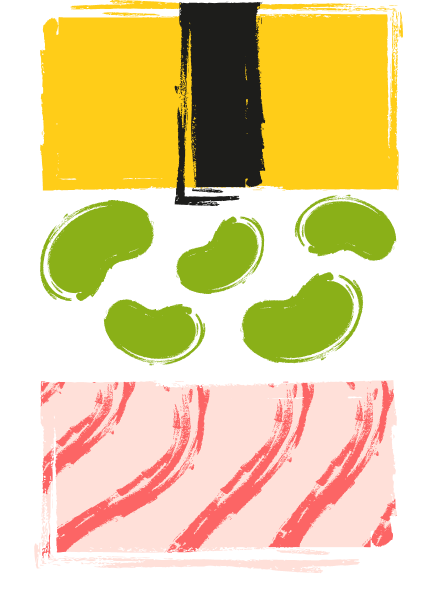bentō












Bento boxes first appeared during the Kamakura period in Japan (1185-1333). They were thought to have been invented by farmers and merchants who needed a way to transport their food with them while they worked. These bento boxes were usually made of bamboo or wood, and were very simple in design. Over time, bento boxes evolved into works of art as beautiful lacquerware with intricate designs both on and inside these items.





These are bento boxes that are sold at train stations. They’re often made with local ingredients and recipes, so they’re a great way to try regional cuisine while you’re traveling.
They are found in any convenience store. Stores stock a wide variety, but usually comprise of standard bento types, and seasonal and regional types. Make no mistake, these can almost be restaurant quality, and are very reasonably priced.


Prepared at home are usually made for lunch at work or school, although this is a very generic categorization. Some households may use leftovers, or some would get up very early in the morning to prepare it, sometimes at 5am! That's dedication in a box.
